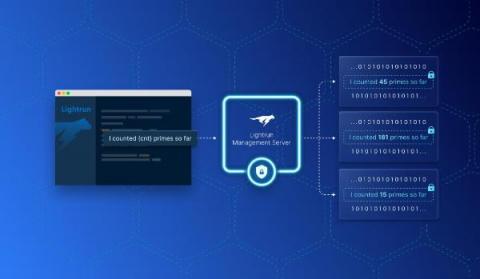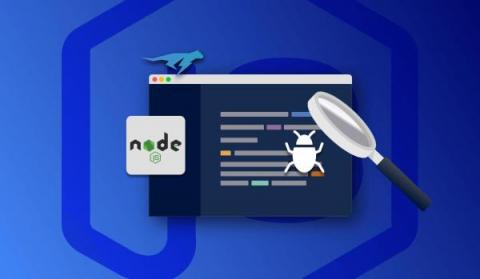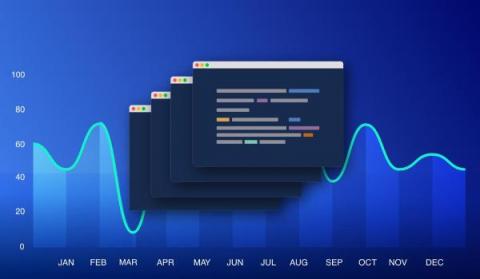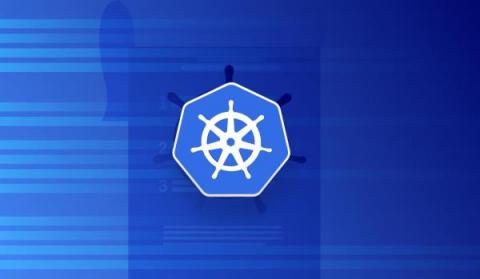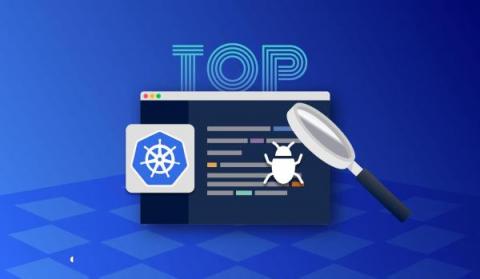Why You Should Consider Dynamic Repurposing Instrumentation
As a developer, how much time do you actually spend writing code? According to this survey by The New Stack, developers spend less than one-third (32%) of their time writing new or improving existing code. And this is because they get stuck in multiple tasks that aren’t really part of their main responsibilities.


